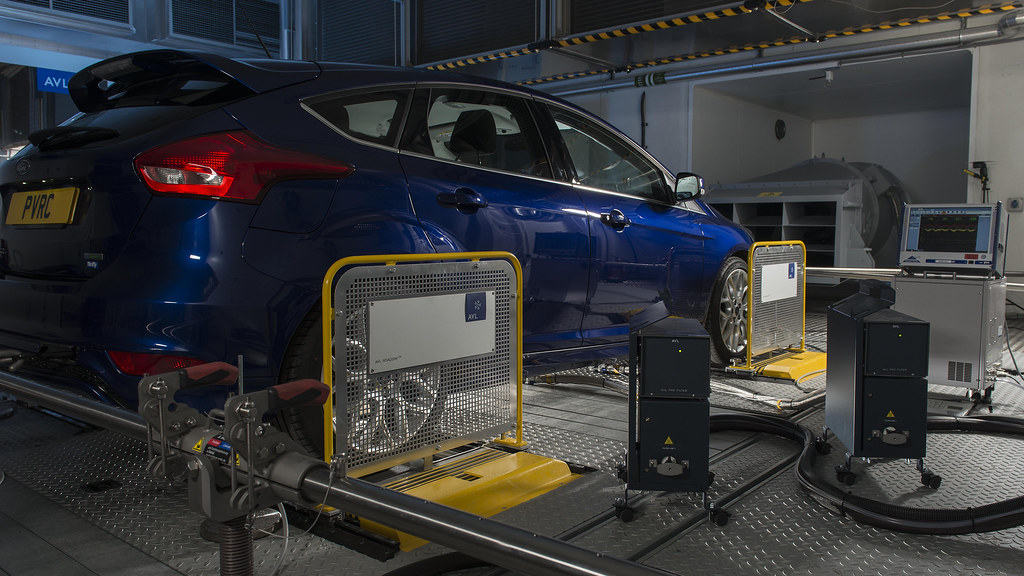The research, led by the University of Bath, is a collaboration with scientists and engineers from the University of Bristol and the University of the West of England.
The project aims to develop porous materials that can absorb the gas that causes global warming and convert it into chemicals that can be used to make car fuel or plastics in a process powered by renewable solar energy.
The researchers hope that in the future the porous materials could be used to line factory chimneys to take carbon dioxide pollutants from the air, reducing the effects of climate change.
Dr Frank Marken, Senior Lecturer in Chemistry at Bath, said: “Current processes rely on using separate technology to capture and utilise the CO2, which makes the process very inefficient.
“By combining the processes the efficiency can be improved and the energy required to drive the CO2 reduction is minimised.
“It will be a massive challenge but we have a strong inter-disciplinary team that includes chemists, chemical engineers, biologists, and life-cycle analysts.”
Dr Petra Cameron, RCUK Fellow from the Department of Chemistry at Bath, said: "We hope that the use of renewable energy to recycle CO2 will be an effective way to reduce the amount of CO2 in the atmosphere.”
The Bath-Bristol collaboration brings together scientists from a range of disciplines, including researchers from Bath’s Institute for Sustainable Energy & the Environment (I-SEE), the School of Chemistry at the University of Bristol, and the Bristol Robotics Laboratory (BRL) and School of Life Sciences at the University of the West of England.
Dr Ioannis Ieropoulos, of BRL, said: “One of great advantages of this project is that it will exploit the natural abilities of microorganisms to reduce CO2 in the atmosphere and at the same time produce electricity or hydrogen, as required.”
Dr David Fermin from the University of Bristol said: "Currently, there are no large-scale technologies available for capturing and processing CO2 from air. The facts are that CO2 is rather diluted in the atmosphere and its chemical reactivity is very low.
“By combining clever material design with heterogeneous catalysis, electrocatalysis and biocatalysis, we aim at developing an effective carbon neutral technology."
The project, funded by the Engineering & Physical Sciences Research Council (EPSRC), is in its early stages, but the researchers predict the new technology could make a real difference in the fight against climate change.

